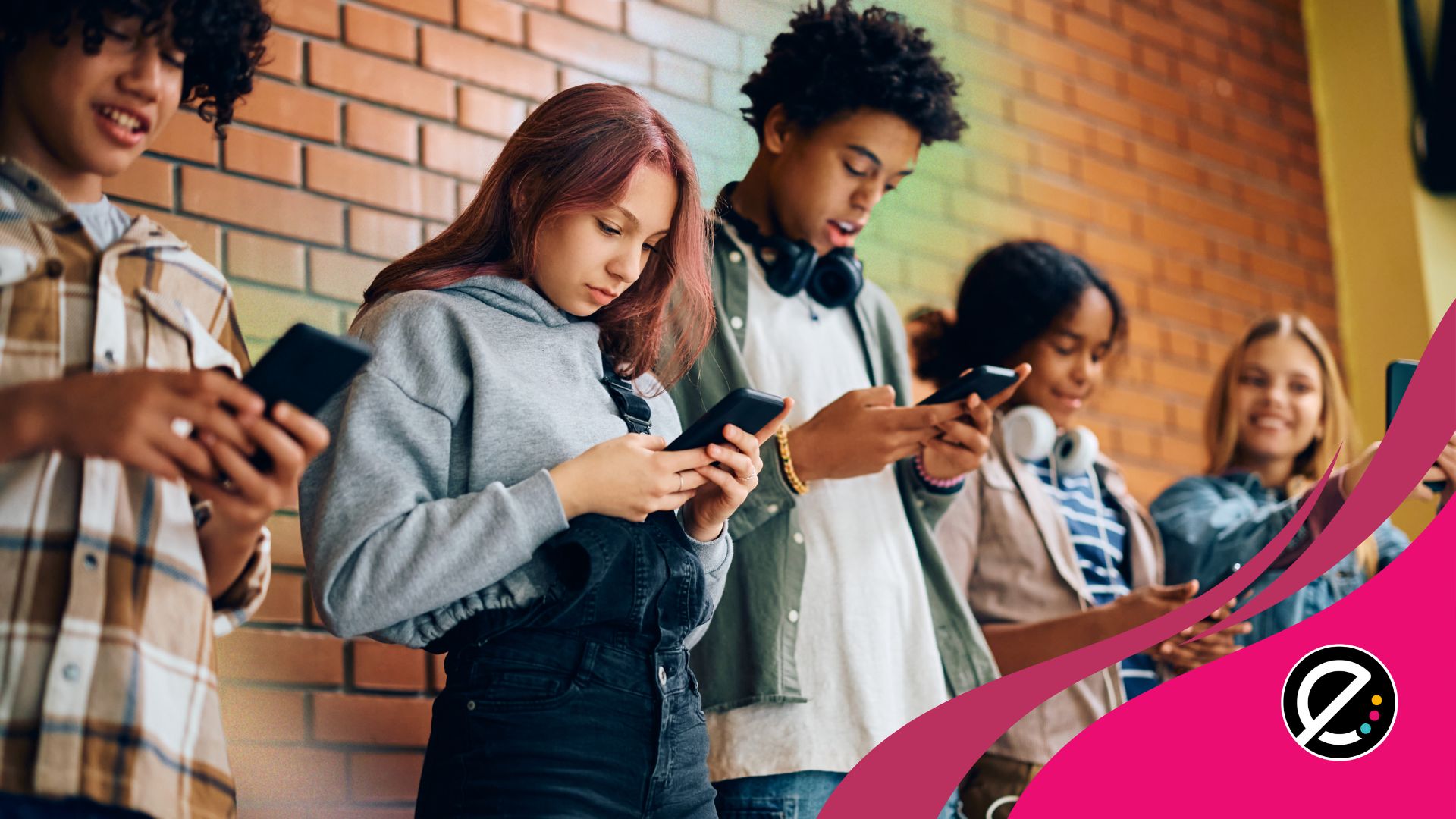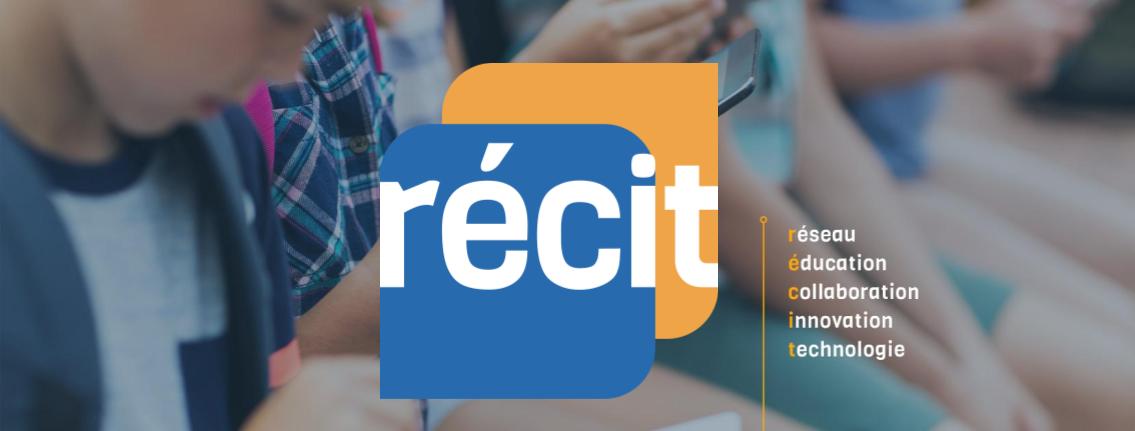Karine Godin-Tremblay, enseignante de 1ère année à l’école St-David, au Saguenay, est l’initiatrice du projet Cuisiner avec « classes ».
Ce livre numérique rassemble plusieurs recettes élaborées et présentées par les élèves de différentes classes d’ici et même d’ailleurs. La troisième édition sera bientôt disponible!
La genèse du projet
Le projet est né d’une volonté de partager en ligne des connaissances et des informations autour de l’alimentation dans le cadre du mois de l’alimentation. L’idée de créer un livre de recettes numérique a donc germé et le réseau Twitter a permis à la classe de Mme Godin-Tremblay de trouver d’autres classes intéressées à participer au projet.
La toute première édition, en 2014, a permis à 325 élèves du Québec, du Canada, de la France et de la Belgique de participer à ce projet collaboratif. Mme Godin-Tremblay explique plus en détails sur son blogue de classe la genèse de tout cela.
Pour en savoir plus sur le livre de recettes de la première édition, jetez un œil à cette vidéo de présentation.
Le fonctionnement du projet
Pour mener à bien le projet de livre collaboratif, chaque classe participante devait choisir une recette et la mettre dans un dossier partagé sur Google Docs. Cette recette pouvait être accompagnée d’un commentaire écrit ou d’une présentation dynamique à l’aide d’outils technologiques : bande-annonce, publicité, bande dessinée, jeu-questionnaire, reportage, animation « stopmotion », émission de radio, etc. Leurs seules limites étaient le temps et l’imagination.
Lorsque toutes les recettes étaient rassemblées, Mme Godin-Tremblay s’est occupée de monter le livre et de le rendre accessible en ligne.
Pour l’édition 2017, un concours de dessin a été organisé pour illustrer le livre de recettes. Cette année également, chaque classe devait tester une recette d’une autre classe et la commenter dans le document de manière, encore une fois, créative. Les classes pouvaient échanger sur Twitter pendant le projet en utilisant le mot-clic #recetteseer.
Pour prendre connaissance de tous les détails du projet 2017, vous pouvez consulter le document de présentation de Cuisiner avec « classes », où toutes les étapes sont expliquées. On y trouve aussi plusieurs idées de présentation à faire, des suggestions d’outils technologiques à utiliser pour présenter les recettes et des sites Web de recettes et d’inspiration.
Un projet rassembleur et riche en apprentissages
Chaque groupe était libre de créer des activités pédagogiques autour du projet de livre et du mois de l’alimentation, en mars.
Selon Mme Godin-Tremblay, ce projet a permis aux élèves d’apprendre de nouvelles recettes, de développer leur vocabulaire autour de l’alimentation, d’effectuer des recherches, de prendre des décisions, d’apprendre sur les saines habitudes alimentaires, de s’ouvrir aux autres, de développer leur créativité, de collaborer virtuellement avec d’autres classes et de s’initier à différentes technologies.
L’enseignante a réussi à inspirer ses élèves et d’autres classes à manger sainement, à prendre plaisir à cuisiner et à découvrir de nouveaux plats!
Pour consulter les livres créés lors des deux premières années :
Prendrez-vous part à la prochaine édition?






